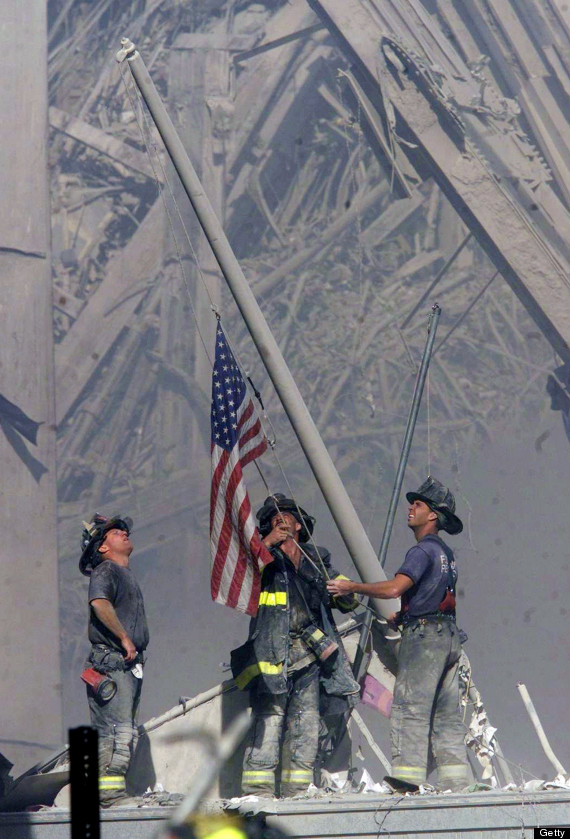We are going to practice crafting a message, using audience awareness.
1. With a classmate, you will construct a group explanation of the car accident. Open one document, and share it with the other. You will each submit this document to Google Classroom.
You were in a slight, no-injury, car accident...
As a group, you will construct an explanation of the accident for three different audiences..
1. Your parents.
2. Your insurance company.
3. Your Best Friend.
Consider the purpose of communication AND audience awareness. What needs to be included? What needs to be omitted? What about the tone? What is the ultimate purpose for each audience?
Use your notes from last week to craft your explanation.
FOR Wednesday/Thursday:
1. Review and take notes on the Writing to an Academic Audience link...REALLY IMPORTANT!!! FOUND HERE:
Audience Awareness Advice- Formal Audience
Audience Awareness Advice- Formal Audience
2. Open a Google Doc., then pick THREE of your classes that you are enrolled currently.
a. Imagine you have been assigned a 3 page paper on a subject that you are currently studying in each class.
b. You are going to do a thorough analysis of what you think EACH teacher/audience will or will not want in the written communication from you.. This can be a list/bullet points.
c. To consider when doing this analysis: The information found above (academic audience link) + questions to consider that I gave you + your experience so far in that class + explicit references from the teacher + implied directions from the teacher
d. Make sure that you consider the "stuff" you want back from the written communication, so you can make sure that you have a realistic expectation of what your communication needs to achieve.
EXAMPLE:
Characteristics you may mention:
Precise attention to grammar and mechanics.
Following citation guide to the letter.
Sources need to be strong and reputable.
Needs knowledge info... does not want knowledge level info..
